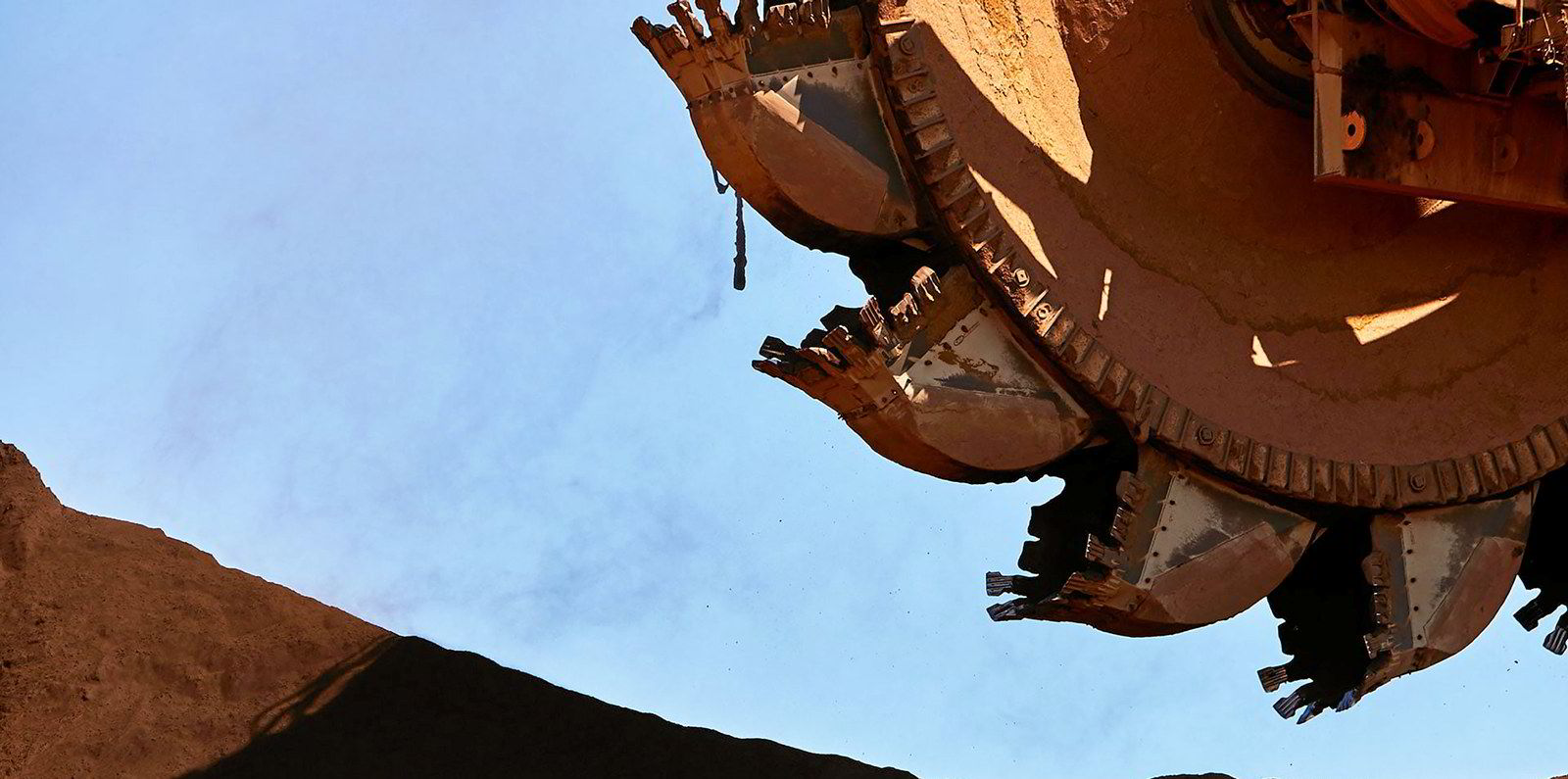The capesize bulker market should return to the lows seen about two months ago by late December if the futures market is any indication, a sector pundit has observed.
The Baltic Exchange’s Capesize 5TC basket of spot rates has reversed course since climbing steadily from $8,300 per day in early September to more than $31,000 per day in mid-October.
It retreated to just under $27,200 per day on Tuesday, and that figure should continue to tumble for weeks as the paper market has remained bearish despite the spike, said Breakwave Advisors, an asset management firm that runs an ETF-traded fund focused on dry bulk shipping.
“As we look at the capesize futures curve, a lot of bearishness is already priced in, and although there is no crystal ball on such short-term fluctuations, rates must go straight down to the single digits in the next 60 days just to match the futures curve,” the New York-based company wrote in a report on Tuesday, referring to single-digit thousands of dollars.
“The freight futures never bought into the spot rally, other than the October contract, so the impact on the futures curve will be muted.”
While the spot market soared to 15-month highs that broke $30,000 per day over the last several weeks, the forward freight agreement market flew at a much lower altitude during the same period.
November contracts have stayed below $19,000 per day since early September and lost $1,000 per day on Tuesday to land at $17,636 per day, according to the exchange.
“We are not ready to make a call neither on the intensity of the decline nor on the short-term bottom, but at first look, freight futures pricing seems too aggressive on the negative side,” Breakwave said.
“The sub-cape segments have been more stable and should maintain the current $13,000 to $14,000-per-day range for the near future as demand for minerals and grains remains supportive.”
Where is China’s economy headed?
The uncertain trajectory of China’s future economy may also weigh on the capesize market over the next couple of months as the country’s citizens are reluctant to spend money following the zero-Covid policy debacle.
“A considerable part of the recent economic troubles is driven by consumer psychology, and turning this around requires both time as well as confidence-driven measures,” Breakwave said.
China has pumped considerable stimulus money into the economy to stave off further contraction, but whether it attains prosperity has yet to be seen, the firm said.
“China bottom is in, but what is the trajectory of any improvement?” it wrote.
We believe the worst is behind us when it comes to China’s economic woes, at least in terms of decelerating growth.”






